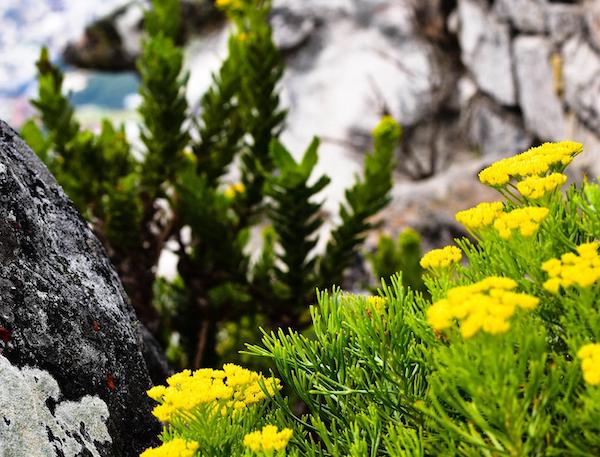Plant species have evolved several clever ways to survive changes in their local environment. A new study from a European research team has shown that one common method – storing their seeds in the soil while waiting for better times – is unlikely to save the flora during ongoing global heating.
We learn from a young age that producing seeds is an important way for plants to transport the next generation to new places. Many species’ seeds can also be stored in the soil, and in that way travel in time. This ability to form a so-called seed bank is one way in which plant populations can survive temporary environmental changes, or allow them to persist in an area following a deterioration of local conditions.
In the new study, published in the British Ecological Society Journal of Ecology, the researchers investigated how this seed storing ability might help plants to survive when the climate warms. They collected data from nearly fifty published studies, extracting information regarding both which species were present as seeds in the soil, and which species were growing aboveground in more than 2500 locations spread across nine countries. Because average temperatures in Europe have already increased by almost one degree Celsius, the researchers expected that those seeds that were being stored in the soil would reflect past, cooler conditions.
“We were surprised when we saw that the seed bank mainly consisted of species that are better suited to warmer climates, compared to the species already established in the vegetation”, says Alistair Auffret, a researcher at the Swedish University of Agricultural Sciences, who led the study.
In turned out that the strategy to store seeds in the soil is more common in species that have a warmer, more southerly distribution in Europe. This means that instead of putting the brakes on changes in the flora by allowing species to persist as the climate warms, the species in the seed bank belong to species that are already suited to higher temperatures. However, this is not necessarily a positive finding for biodiversity.
“These ‘warm’ species that we found in the seed bank are almost certainly not there because they have already responded to global warming”, says Alistair Auffret. “Instead, these species are mostly weedy generalists that over time can contribute to plant communities becoming more homogenous”.
The results also represent bad news for those species that do not enjoy higher temperatures.
“We already knew that species with more northerly distributions can be threatened by climate change, and now we can also see that many of these species also lack this valuable strategy to survive as the warming continues”, says Alistair Auffret.
Read the paper: Journal of Ecology
Article source: Swedish University of Agricultural Sciences
Image credit: Jeanine Smal / Pixabay








